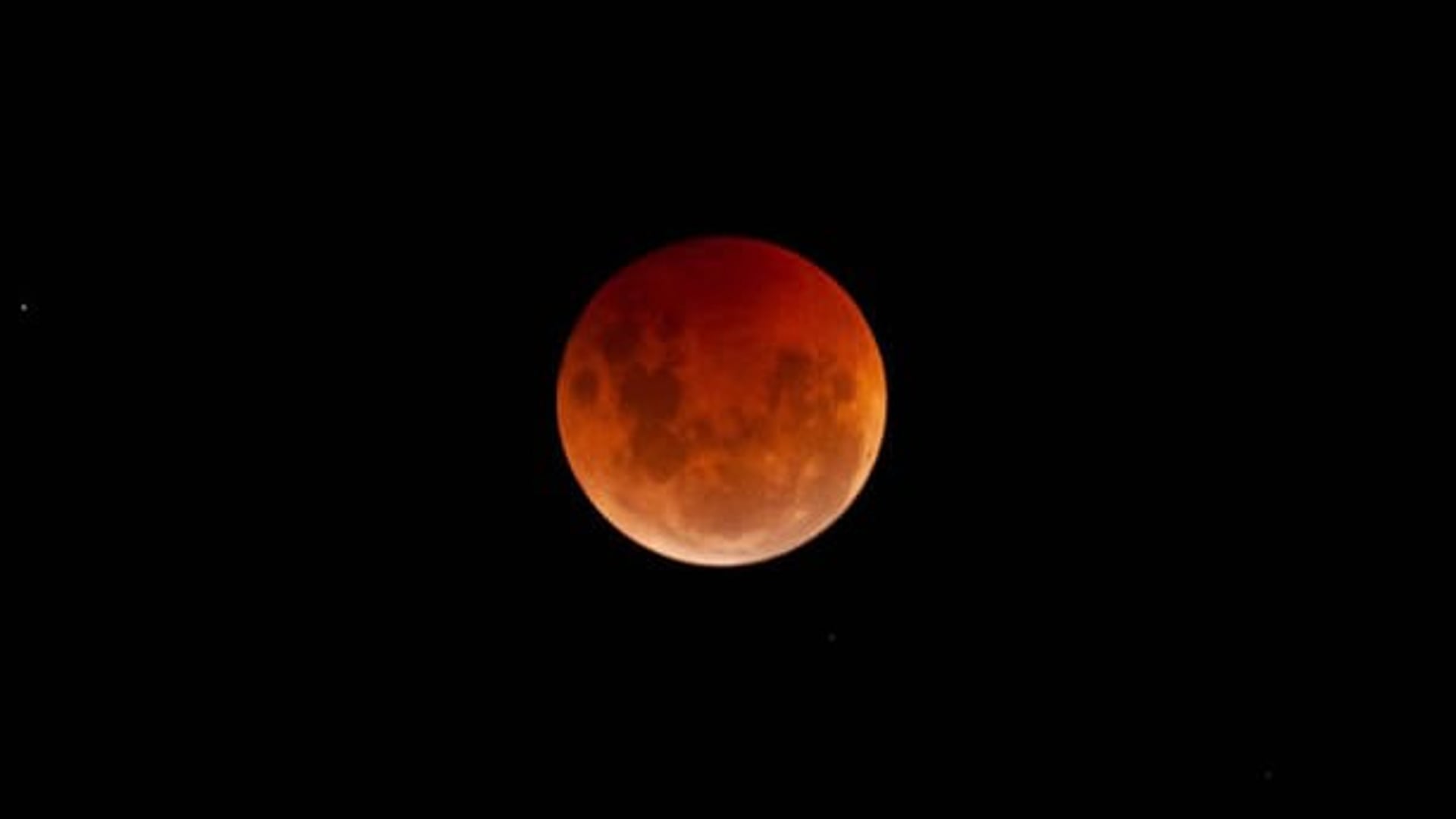What does a total lunar eclipse look like? See photos of rare 'blood moon'

This week, people across the U.S. and parts of Europe and Africa will be treated to the relatively rare spectacle of a "blood moon."
Beginning late Thursday, March 13 into early Friday, March 14, the Earth will pass between the sun and moon, resulting in a total lunar eclipse. As the Earth shifts in front of the sun, blocking its light, the moon will appear a dark reddish-orange, hence the nickname "blood moon."
It's been nearly three years since the last total lunar eclipse, which took place on Tuesday, Nov. 8, 2022. It marked the first Election Day total lunar eclipse in U.S. history, according to EarthSky.org. The phenomenon was also visible in Asia, Australia and the Pacific.
Check out these photos from blood moons past as a preview of what people in 48 U.S. states have to look forward to seeing later this week.
See images of past 'blood moons'
The upcoming total lunar eclipse occurs March 13-14 and the website Time and Date predicts the moon will complete all of the eclipse phases in 6 hours, 3 minutes.
If you live in the U.S., the eclipse should begin around 11:57 p.m. EST on Thursday, March 13, reach totality around 2:30 a.m. EST and complete the process around 6 a.m. EST on Friday, March 14.
Contributing: Natalie Neysa Alund, Greta Cross, Paste BN